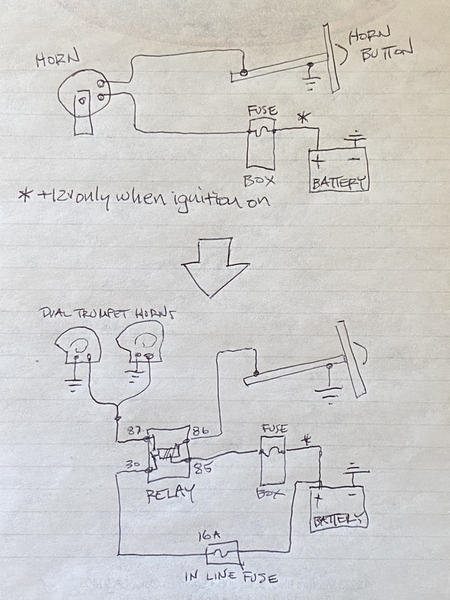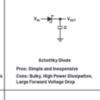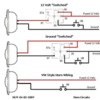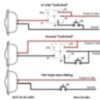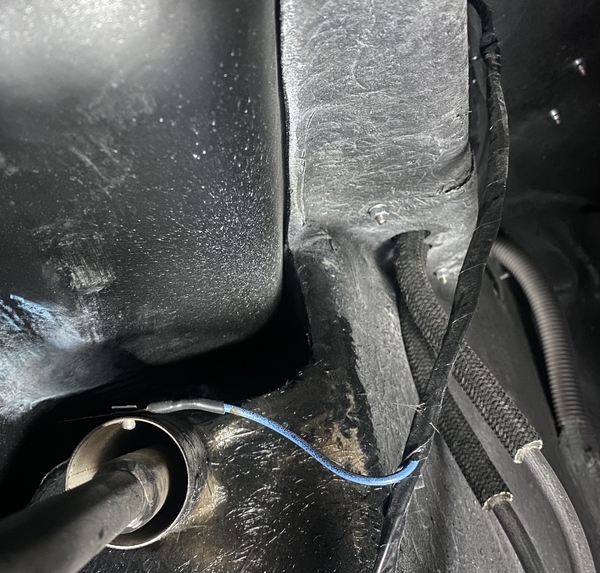Hey folks. I just finished replacing my meep-meep single horn with a pair of Hella trumpet horns. When I pressed my horn button for the first time I was pleased to hear the loud twin horns blaring in my garage. Unfortunately they continued to sound when I released the horn button. At that moment I didn’t realize I only needed to turn off my ignition switch to restore silence, so instead I pulled one lead from each horn (my tinnitus thanked me).
I double checked my wiring and connections, all was as I intended. I reconnected one horn, then turned the ignition switch on to see if the relay remained latched. It wasn’t - the horn didn’t sound. I then pressed and released the horn button, the single horn sounded and remained on until I turned off the ignition. I repeated the single horn test, same results. I presume this tells me the relay did not fail closed.
Below is a crude sketch showing what I believe describes how my old single horn was wired, and how I wired my replacement horns.
Old: two blue wires with spade lugs were connected to the horn. I traced one of these wires to where it was attached to the lower end of the steering tube (visible from underneath). The other appeared to enter the cabin and was connected to one side of a 15 amp fuse at the fuse box (along with a few other wires connected to the same fuse). I am unaware of the exact path taken through the horn button, but I assume pressing the button connects the otherwise isolated lower end of the steering tube to ground.
New: I connected the two blue wires previously connected to the old horn to terminals 85 and 86 on the relay that was supplied with the twin horns. I added a wire to the positive terminal of my battery and routed this wire through an in-line fuse to terminal 30 of the relay. I then connected terminal 87 to a single wire that I split into two leads, each lead running to one terminal of each horn. I placed a wire on the other terminal on each horn that I ran to ground.
I have not made any continuity measurements. For kicks, I did swap the two blue wires connected to terminals 85 and 86 but got the same result. All-in-all I probably activated the horn at least a half dozen times, each time it latched on until I either physically disconnected one lead to each horn or turned off the ignition, and each time I turned the ignition back on the horn remained silent until I pressed the horn button. I also have not yet swapped back to my old horn to make sure normal operation can be restored, although I don’t know why it wouldn’t.
Maybe the answer is staring me in the face but I don’t see it. I wired the relay as suggested by the diagram that came with the horns, which agrees with sketches I found via a Google search and more than one thread on this forum.
So, any suggestions?
Thanks in advance, Jon



